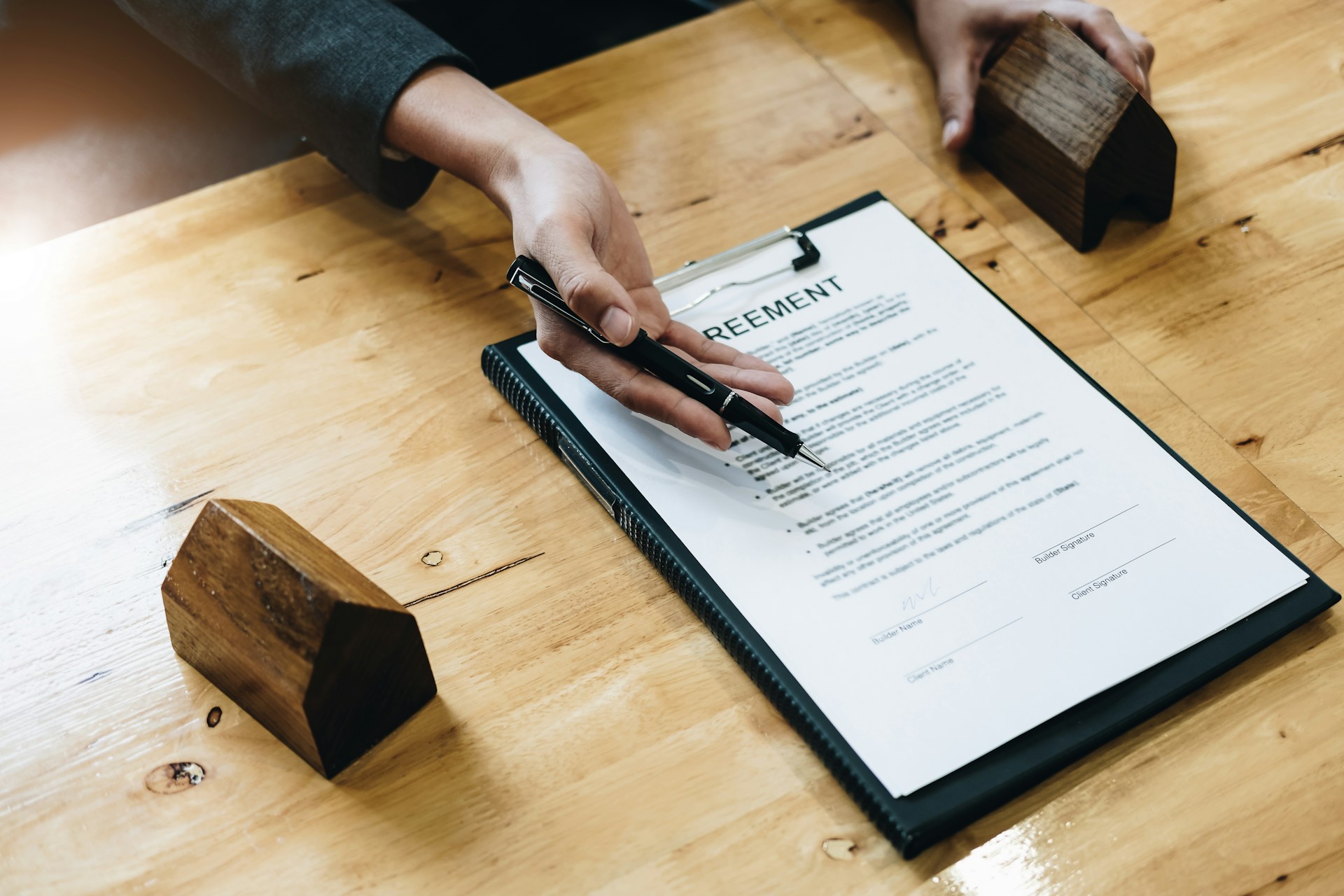Creating a fair lease agreement can seem like a big task, but it’s crucial for both landlords and tenants. This agreement outlines the rules of renting and helps avoid disputes later on. It’s the key to a smooth and happy rental experience.
A lease isn’t just paperwork. It sets the stage for how things will work during the rental period. It spells out important details, like how long the tenant will stay, how much rent is, and what happens if things need fixing. Both parties need to understand what’s in the lease to feel secure.
Key Elements of a Lease Agreement
A lease agreement includes several key elements that help set expectations and protect both landlords and tenants. One of the most important components is the rental term. This specifies how long the tenant will stay, whether it’s six months or a year, ensuring everyone knows the length of commitment.
Payment terms are another crucial part. These detail how much the rent is and when it’s due each month. Include information on accepted payment methods like checks or electronic transfers to avoid confusion. It’s also a good idea to mention any late fees and grace periods here.
The security deposit also plays a big role. Outline how much the deposit is, the conditions for its return, and what may cause deductions. This helps tenants understand their responsibilities about property care.
Maintenance responsibilities must be clear. State who handles repairs and maintenance, like fixing leaky faucets or changing light bulbs. Being upfront about these duties ensures there are no surprises when something needs fixing around the home.
- Rental Term: Defines the period tenants will occupy the property.
- Payment Terms: Includes rent amount and payment schedule.
- Security Deposit: Covers deposit rules and deductions conditions.
- Maintenance Responsibilities: Specifies repair roles for landlord and tenant.
Clarity and transparency throughout each section keep both parties informed and prevent misunderstandings down the line.
Customizing Terms to Protect Both Parties
Customizing lease terms allows you to address specific scenarios that might arise during the rental period. Such tailoring ensures that agreements are fair and cater to the unique needs of both the landlord and the tenant.
One common area is pets. If tenants wish to have pets, include clauses specifying which types of pets are allowed and any extra deposit needed. This promotes understanding from the start, avoiding potential issues later on.
Repairs are another scenario where customization helps. Include specifics on what falls under emergency repairs, who to contact for different types of maintenance, and how tenants should report issues. This clarity speeds up the repair process and assures tenants that their concerns will be handled promptly.
Terms can also be adapted to cover guests, noise levels, or shared spaces. Clearly defined expectations for these aspects help prevent conflicts. Consider drafting a list of tailored terms that address:
- Pets: Permitted animals and any additional fees.
- Repairs: Procedures for reporting and handling maintenance.
- Guests: Rules about long-term visitors or additional occupants.
- Noise and Spaces: Guidelines for shared areas and noise control.
By extending the lease document to include these custom terms, you create a balanced agreement. It safeguards landlord property and respects the tenant’s rights, fostering a healthy tenant-landlord relationship.
Legal Requirements and Compliance
Crafting a fair lease agreement involves understanding and adhering to various legal requirements. These rules protect both landlords and tenants from unfair practices and ensure that all terms are legally binding.
Local zoning laws often dictate what type of activities can occur on a property, which can affect how a lease is written. Familiarize yourself with these rules to ensure the property use aligns with local regulations. Also, the Fair Housing Act prohibits discrimination based on characteristics like race, religion, or disability. Make sure the lease terms comply fully with these guidelines to avoid penalties.
It’s advisable to consult with legal experts when drafting or revising lease agreements. Lawyers specializing in real estate can provide valuable insights, ensuring that the lease covers all necessary legal bases. This helps prevent future disputes that might stem from overlooked legal obligations.
Securing legal compliance includes:
- Zoning Laws: Ensure property use aligns with local regulations.
- Fair Housing Rules: Comply with non-discrimination laws.
- Legal Consultation: Seek expert advice for peace of mind.
By following these guidelines, you safeguard both your rights and those of your tenants, creating a sound agreement that stands up legally.
Tips for Clear Communication and Updates
Clear communication about lease terms promotes understanding and prevents potential conflicts. Regular interaction helps both parties stay informed and comfortable with the lease conditions throughout the tenancy.
Firstly, create an open channel for discussion with your tenants. Encourage questions about the lease and be willing to explain any unclear terms. This builds confidence and trust between you and your tenants.
Secondly, it’s important to review and update lease terms as necessary. Circumstances change, like updated laws or property renovations, which might require amendments to the agreement. Plan regular reviews of lease agreements, at least annually, to ensure they remain relevant and fair.
For effective communication and updates, consider these strategies:
- Open Dialogue: Encourage tenant queries about lease terms.
- Regular Reviews: Check the agreement yearly for necessary changes.
- Amendments: Adjust clauses when significant changes occur.
These practices help maintain a strong, respectful relationship, reducing misunderstandings and keeping everyone well-informed.
Conclusion
A fair lease agreement is vital for smooth interactions between landlords and tenants. By ensuring key elements are covered and adding custom terms as needed, you create a clear, transparent relationship. Legal compliance protects all parties, while ongoing communication keeps everyone on the same page.
Looking for support in building comprehensive and fair lease agreements? The Rental Lister can help navigate this process with ease, ensuring your documents are both compliant and clear. Let us assist you in creating lease agreements that work for everyone involved. Contact us today to learn more about our rental property management services!




